Symbols are the oldest and most fundamental tools for expression. They allow humans to convey concepts that words alone cannot capture. A comprehensive symbol encompasses all aspects of human existence—soul, intellect, and emotions. Symbols serve as unique elements of communication, playing a crucial role in literature, art, and popular culture. By understanding the deep meanings behind these symbols, we gain insight into the hidden layers of society and the experiences that shape a culture.
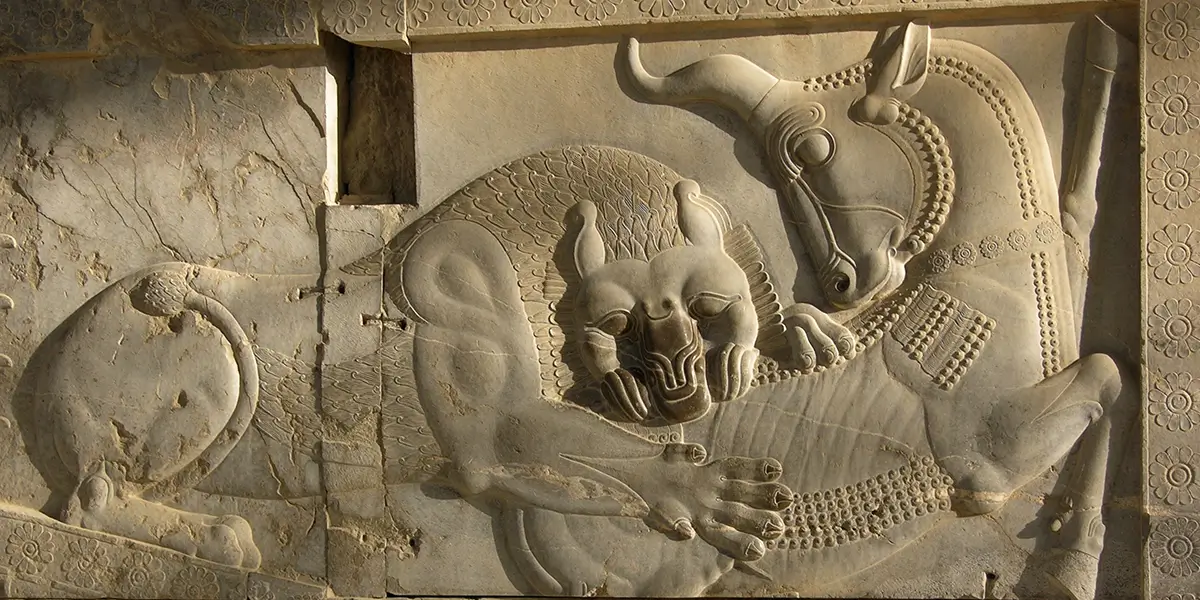
Symbols as Windows into Culture
To truly grasp the literature, art, wisdom, and even scientific advancements of a civilization, we must first understand its symbols. Every society throughout history has developed unique ways of communicating with the world around them.
On the Iranian plateau, early civilizations used geometric patterns in pottery. Over time, they moved towards imitating nature by incorporating plant and animal motifs. Eventually, these simple shapes evolved into abstract representations of their environment. For instance:
- Wavy parallel lines represented water.
- Checkered triangles symbolized mountains.
- A square with various lines indicated agricultural land.
- Animals like goats, rams, and birds were drawn with a few simple strokes, often emphasizing specific features like horns.
Two Perspectives on Ancient Symbols
The ancient people used symbols to express two main ideas:
- Depicting Daily Life and Survival
- They drew images of hunting scenes, including carcasses and hunters with bows and arrows.
- Expressing Beliefs and Emotions
- They sought help from nature by sanctifying elements such as the sky, fire, wind, sun, and moon.
- These symbols reflected their fears, hopes, and spiritual beliefs.
Geometrical symbols:
Geometric Symbols and Their Sacred Meanings
Among all symbols, geometric patterns hold a deeper sacred meaning. They serve as abstract representations of ideas and are often seen in religious and philosophical contexts.
The Spiritual Impact of Geometric Patterns
In Islamic art, geometric designs are widely used to evoke a sense of harmony and divine order. The repetition of concentric shapes creates an infinite pattern, symbolizing unity and perfection. This reflects the monotheistic belief that everything originates from and returns to a singular divine source.
The Circle: A Symbol of Eternity and Divinity
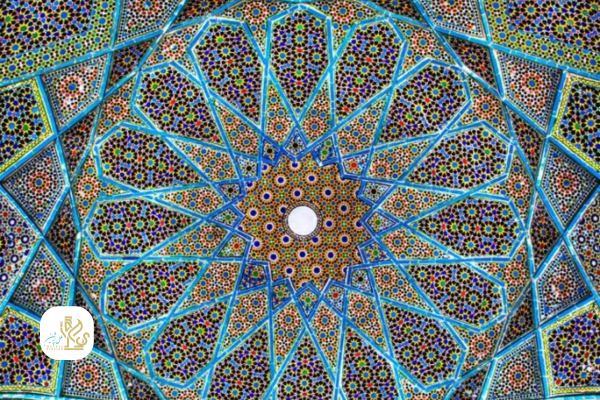
The circle has been a powerful symbol throughout history. It represents:
- Unity among humans and nature
- Infinity, as it has no beginning or end
- The continuous cycle of time
- Divinity and celestial movement
In ancient Persia, the circle was associated with Mithra, the god of light. This is why halos are often depicted behind sacred figures.
The Square: Stability and the Physical World
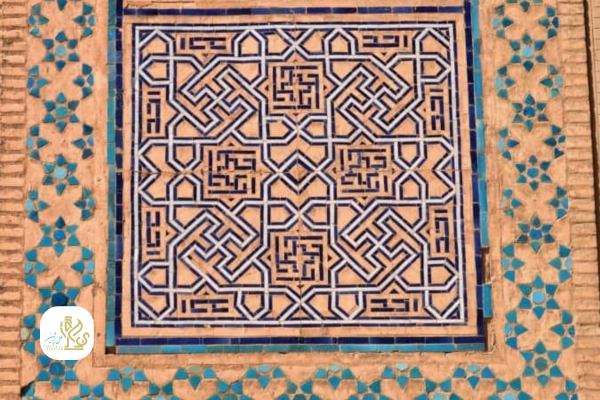
Like the circle, the square is an important symbol in ancient civilizations. Due to its four equal sides, it represents:
- Endurance and stability
- The four cardinal directions
- The four seasons
- The four elements (earth, water, air, fire)
In Persian art, the square was linked to Ahura Mazda, the supreme deity in Zoroastrianism.
The Triangle: Balance and Duality
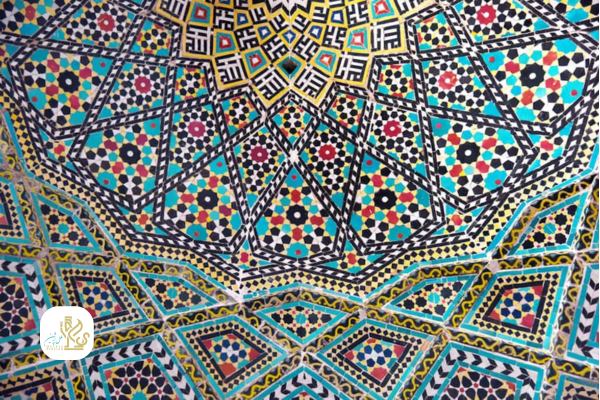
The equilateral triangle represents harmony and proportionality.
- An upward-facing triangle symbolizes fire and the male force.
- A downward-facing triangle represents femininity and childbirth.
The Sun: A Sacred and Life-Giving Symbol
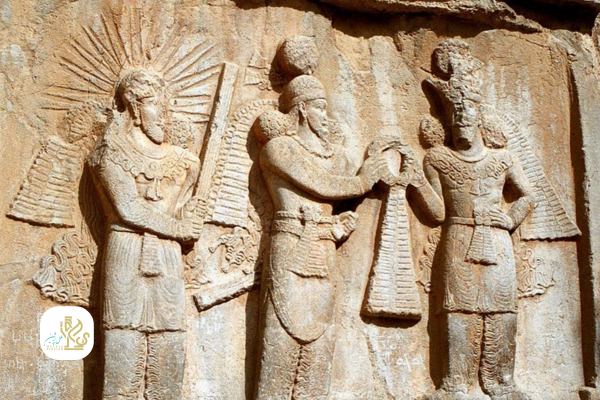
Iranians have long revered the sun for its life-giving properties. Since ancient agricultural times, the sun has been worshiped as a source of fertility, warmth, and energy. As early as the fourth millennium BC, the sun was one of the most significant deities in Persian culture.
The sun’s symbolism extended beyond nature:
- The rising sun represented birth.
- The setting sun symbolized death.
- The sun was often depicted with a cross, which later evolved into the swastika—a symbol of divine power.
The Enduring Legacy of Symbols
From ancient times to the present, geometric patterns, plants, and animal motifs have remained integral to classical art. While some symbols have faded into history, others persist in traditional and religious art. Understanding these symbols allows us to connect with the beliefs, fears, and hopes of past civilizations—offering a deeper appreciation for human history and culture.
The symbolism of plants
One of the plants’ symbols is the shape of the tree itself. In mythology, this symbol means immortality, the source of life, youth, vitality, and reality. Do you think this time the evergreen cypress tree has been used more prominently forevermore the favorites symbol among the Iranians this tree has always been sacred. Before the advent of Islam, this tree and its significance were rooted in Zoroastrian beliefs. The importance of the cypress tree was so sacred and revered among Iranians that the kings themselves began to plant them by hand. One of the symbolic designs of this tree is the patterns of boteh jeqeh or paisley, known by many people as the more common name of Kashmir the official symbol of Iranians.
The lotus flower is another one of the significant plants used as a symbol due to its remarkable features.

The significance of the mountain goats
goats are among the most significant symbols of ancient Persia. The role of the animal has been so important that we can see the motifs throughout all the civilizations of ancient times. The mountain goat is the national animal of Iran. Goats need plants and the mountains are the sources of plantation; therefore wherever you see a mountain goat jumping up and about you know there is water and plants. That is why goats have been a symbol of abundance and the Goddess of all that grew from the ground. The mountain goat was also a symbol of liberation, freedom, liberty, innocence, agility, power, and fertility because of its characteristics. The antelope symbol was drawn in various ways but often the animal’s tail was stretched out and the horns as well to exaggerate the proportions. Sometimes only the goat’s horns were displayed with a large circular pattern drawn on the dishes to signify the symbol. The importance of the mountain goats: goats are among the most significant symbols of ancient Persia. The role of the animal has been so important that we can see the motifs throughout all the civilizations of ancient times. The mountain goat is the national animal of Iran. Goats need plants and the mountains are the sources of plantation; therefore wherever you see a mountain goat jumping up and about you know there is water and plants. That is why goats have been a symbol of abundance and the Goddess of all that grew from the ground. The mountain goat was also a symbol of liberation, freedom, liberty, innocence, agility, power, and fertility because of its characteristics. The antelope symbol was drawn in various ways but often the animal’s tail was stretched out and the horns as well to exaggerate the proportions. Sometimes only the goat’s horns were displayed with a large circular pattern drawn on the dishes to signify the symbol.
The significance of the ram
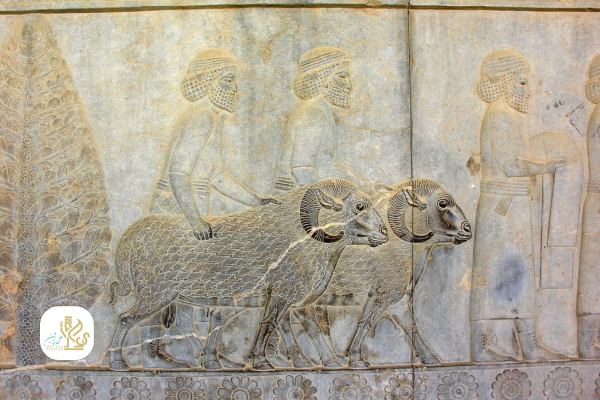
The ram is a very powerful and mythical creature and because it was a symbol of fertility and birth in the herd, it has been respected by the people. The ram was also considered one of the animals attributed to the sun.
The significance of the horse
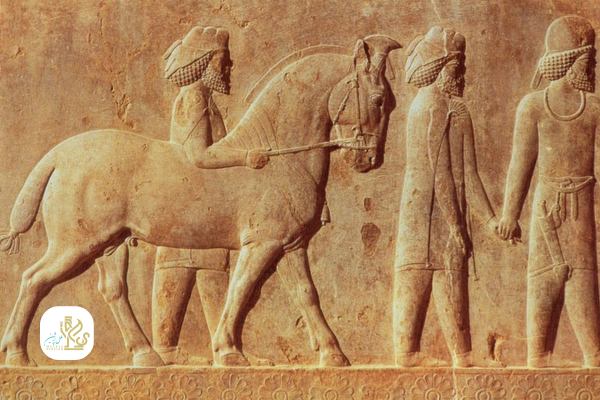
The horse is an animal that has always been praised and respected as a noble and kind breed, and there has always been a magical relationship between the horse and the dead. Horse-shaped utensils were used at funerals. Some tribes put wooden horses in the grave with the dead so that they could carry the souls of the dead to the underworld.
The significance of the leopard
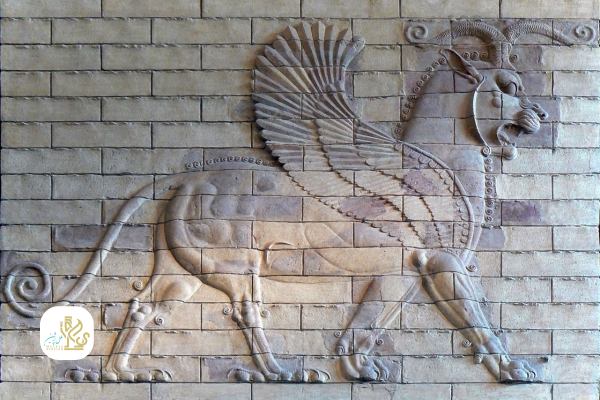
This animal is considered a symbol of the God of Gods or guardians and protectors in ethnic and mythological beliefs due to the spots on its body that resembled the eyeball. The leopard has been a symbol of the beast, war, victory, agility, courage, speed and being of the most predatory nature. In drawing the role of a leopard, the proportions were not observed, in the sense that the tail of the animal was designed to be extremely long and almost twice as long as the body of the animal, and in other places only the design of the body and tail of the animal was sufficient. Due to its body shape, this animal has received more attention from early humans and due to its great physical strength as a wild animal, it has been noticed.
The significance of the lion
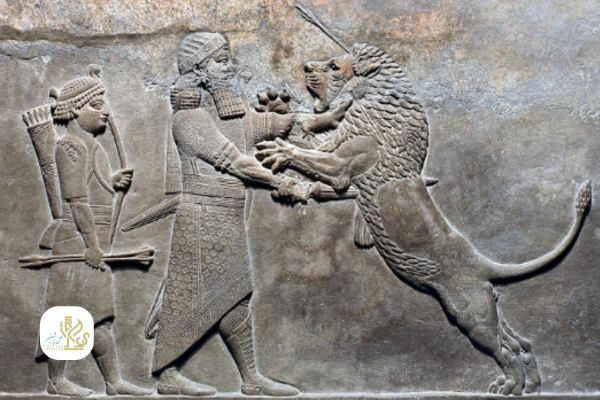
In the Achaemenid art and religion, the lion was a symbol of Mitra and in the ritual of love, the lion had a special place. Other than that, the lion is the symbol of Leo and an astronomical sign, and Leo is the house of the sun, and the sun in this tower, which coincides with August and the middle of summer, is extremely warm and radiant, so the lion is a symbol of the sun and in The result was a widely used lion and sun symbolism. In the Achaemenid and Sassanid periods, the shape of a lion was of special importance and to show the power and strength of the king, he was often shown fighting and hunting.
The significance of the bull
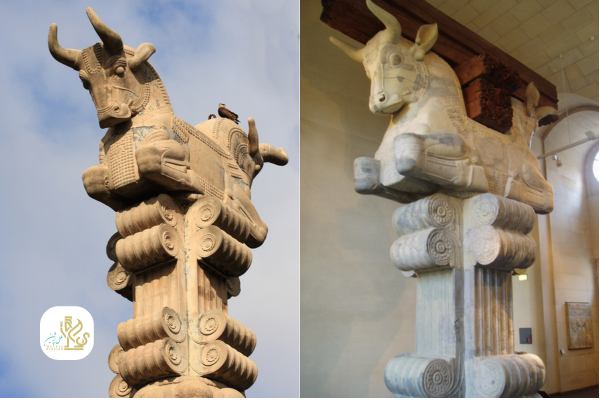
One of the famous Iranian animal motifs, especially before Islam, is the bull patterns. The cow has been a symbol of the moon, the earth, procreation, fertility, existence, and creation and blessing. One of the famous images of Persepolis is the attack of a lion on a bull. In this lithograph, the lion symbolizes the sun and the warm seasons of the year, and the bull symbolizes the earth and the spring season. This role represents the equalization of the strength and power of lions and bulls in battle, which is a symbol of the New Year and the vernal equinox, which is equal to the length of night and day, as the length of the day gradually increases.
The significance of fish
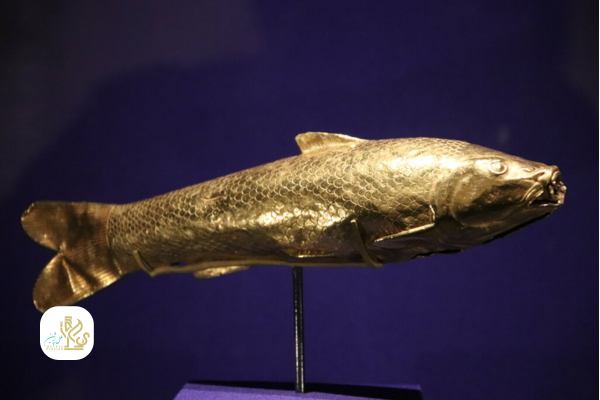
Because fish is alive in water, it has been used as a symbol for water itself and rain and freshness and refreshment. Fish was used to represent the sea and water, which were known to be the source of fertility.
Significance of the snake
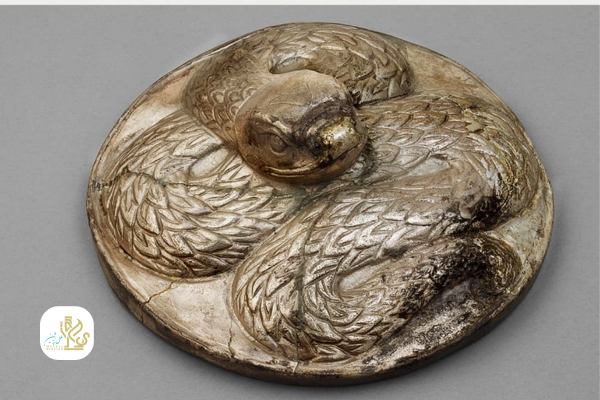
Due to the slithering shape of the snake while moving, which resembled water waves, the snake was a symbol of groundwater and was therefore admired. In prehistoric symbolism, the relationship between the moon, the bull, and the snake and their connection with the rain, which is always watching the moon tree, can be seen. The horned snake was a well-known symbol of the moon. The snake was also known as the Goddess of fertility.
Bird motifs
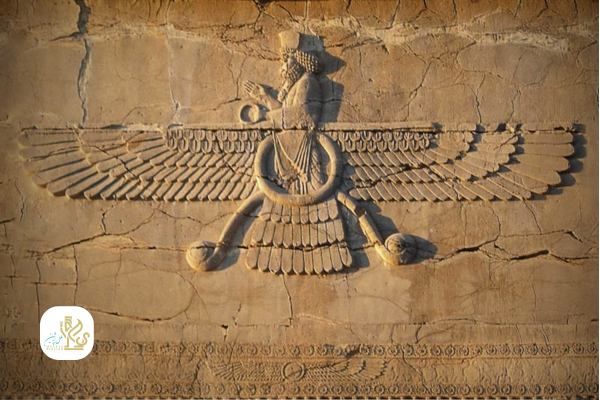
These motifs were sometimes a complete imitation and representation of nature and were sometimes briefly and very simply engraved. Sometimes the birds were engraved on a triangle, checkered inside alongside a mountain. The role of seabirds was often drawn on horizontal and vertical wavy lines that symbolized water. Sometimes bird and animal motifs were combined to create new patterns that represented new symbols.
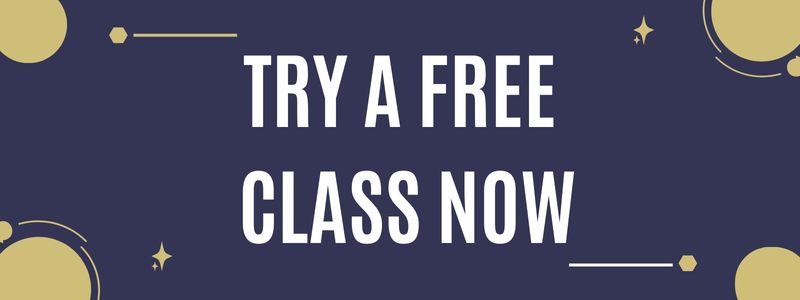



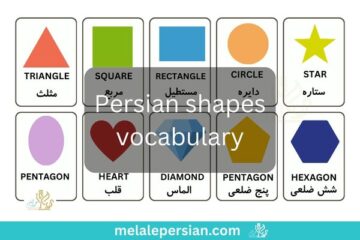
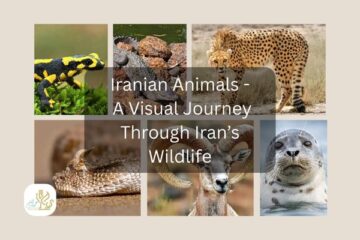

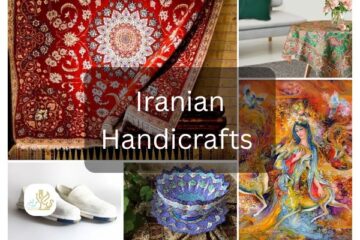
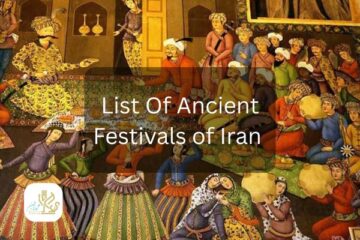
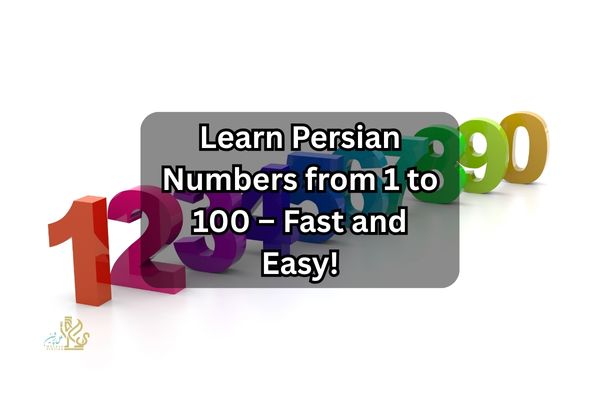
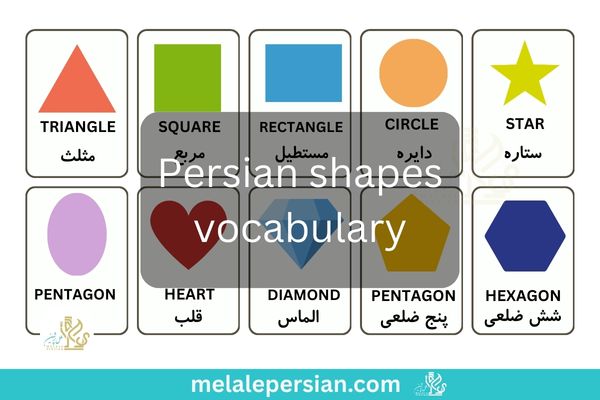
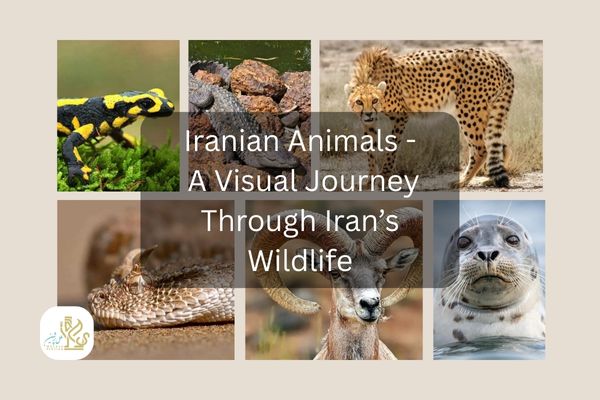

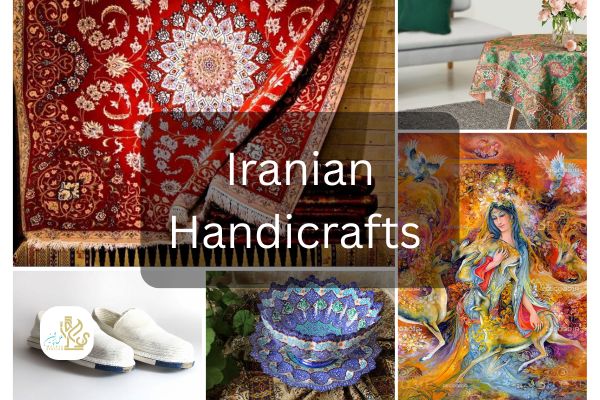
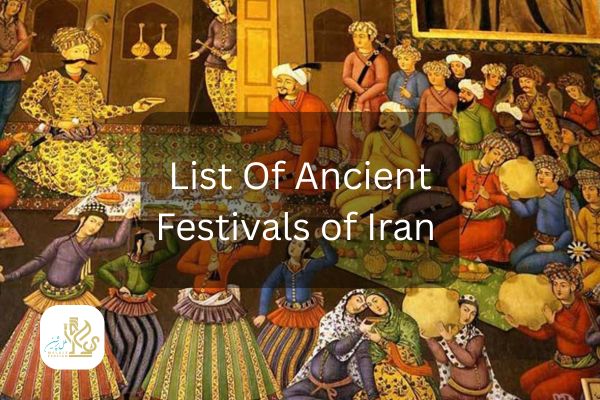

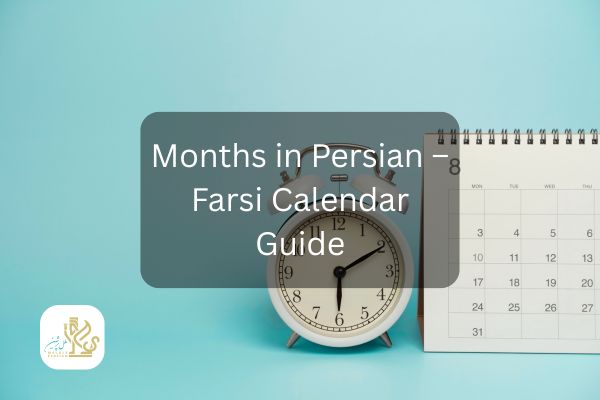
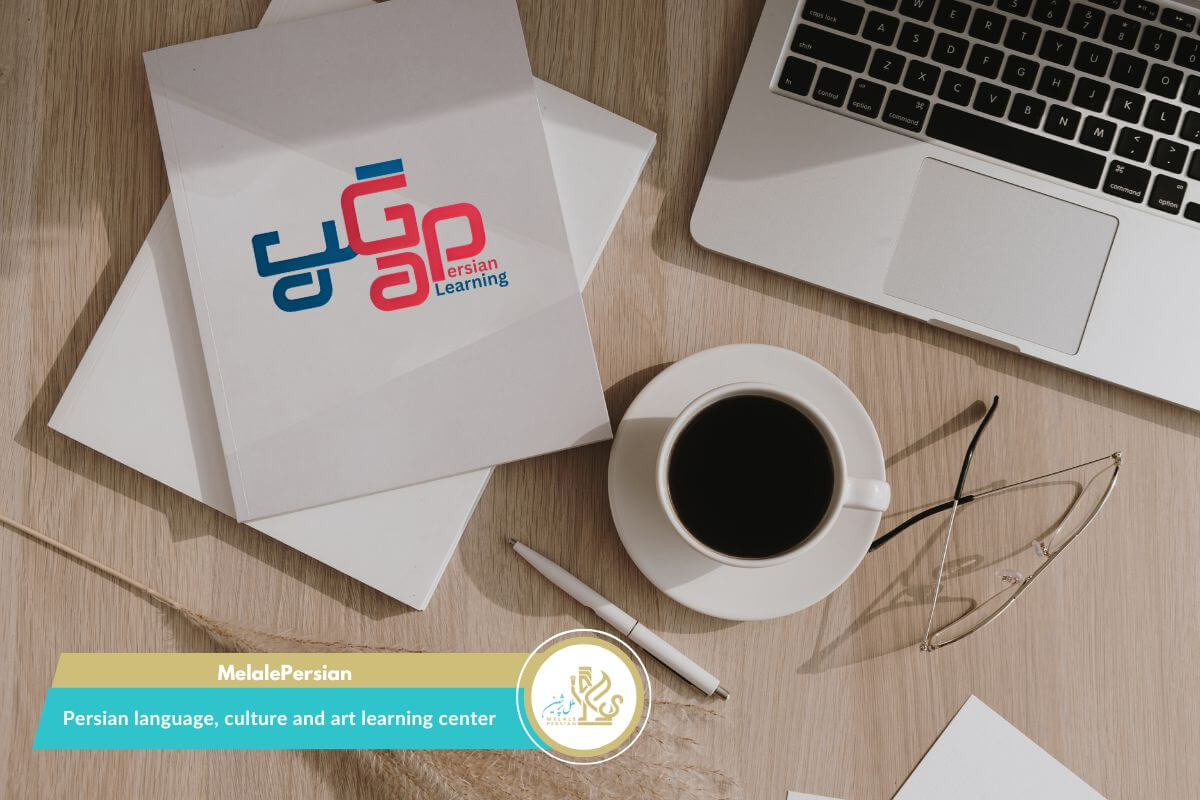
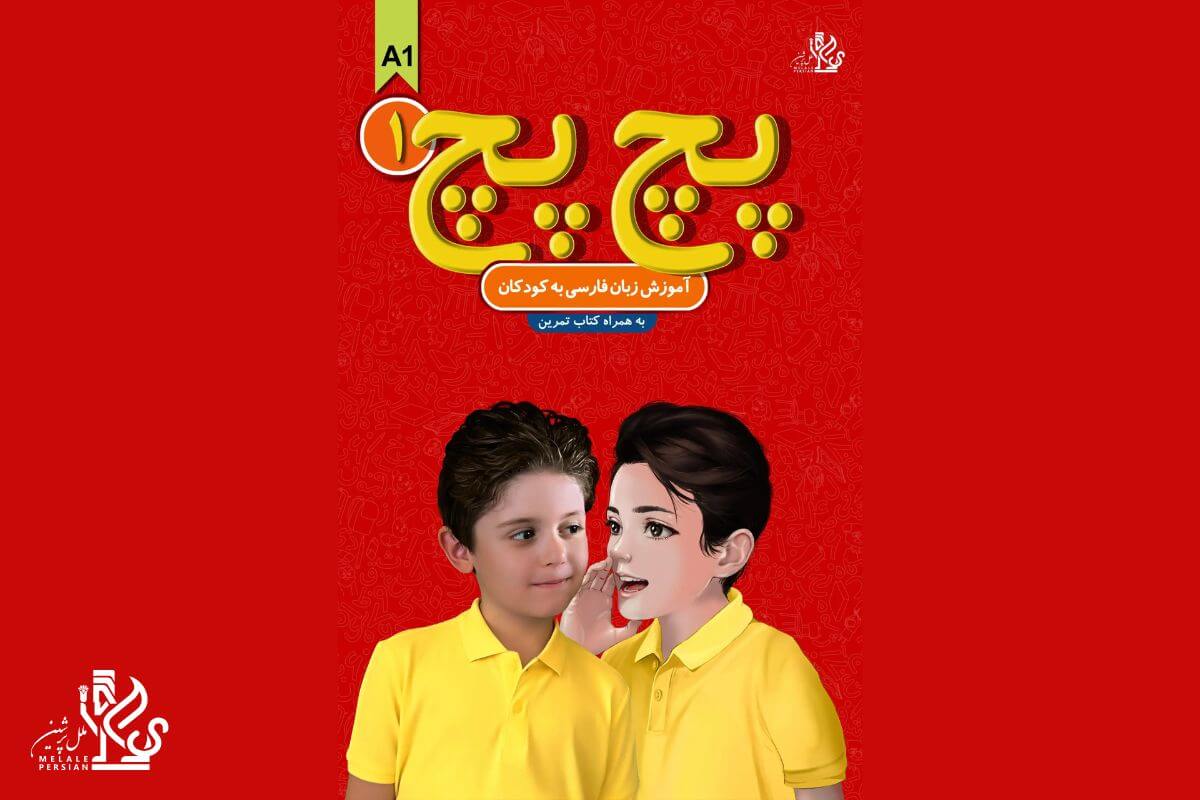

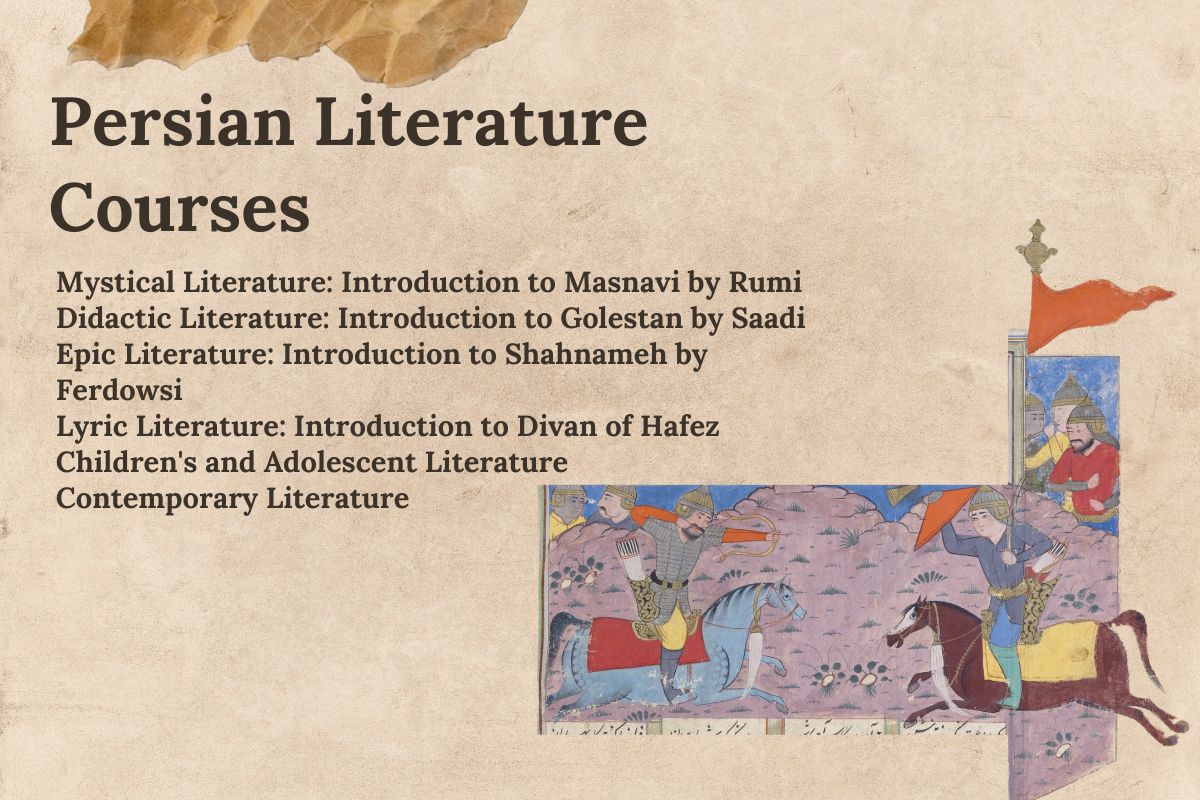
I like Persian culture! It looks very beautiful. How can I learn Persian?
Glad to hear you like Persian culture! 😊 If you’re an adult, check out our Persian Class for Adults, and if it’s for kids, see Learn Persian for Kids.
If your question isn’t answered there, reach out via Contact Us and enjoy our free consultation!